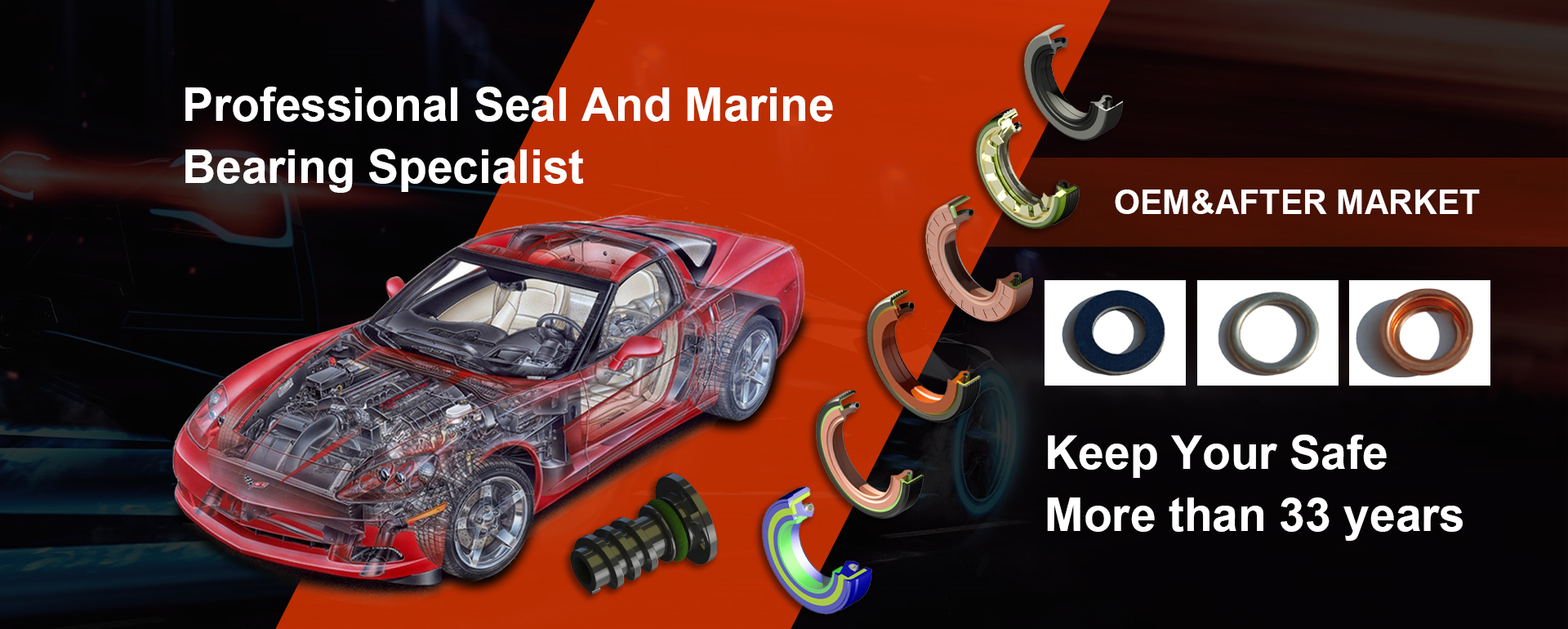Understanding Semi-Trailer Hub Seals for Enhanced Performance and Longevity
Understanding Semi Trailer Hub Seals Importance, Types, and Maintenance
Semi trailer hub seals play a crucial role in maintaining the integrity and efficiency of commercial vehicles such as trucks and trailers. These seals, strategically located at the wheel hub assembly, are designed to protect bearings and other critical components from contaminants like dirt, dust, and moisture. Their primary function is to ensure that lubricants stay within the hub, thus preventing premature wear and tear of the hub components.
Importance of Hub Seals
Hub seals are essential for the longevity of a semi trailer's wheel assembly. The operational environment of heavy-duty trucks exposes them to various elements that can cause significant wear. If contaminants penetrate the hub, they can mix with the lubricating grease, leading to an abrasive impact on bearings. This can result in overheating, increased friction, and ultimately, component failure. Therefore, effective hub seals not only safeguard internal mechanisms but also ensure optimal performance, minimizing maintenance costs and downtime.
Moreover, hub seals contribute to the safety of the vehicle. A compromised seal can lead to grease leakage, which might cause brakes to overheat or reduce their effectiveness. This concern highlights the importance of regularly inspecting hub seals as part of routine vehicle maintenance to ensure they are functioning correctly.
Types of Semi Trailer Hub Seals
There are several types of semi trailer hub seals, each designed for specific applications and conditions. The most common types include
1. Single Lip Seals These seals have a simple design and are suitable for light-duty applications. They utilize a single lip to prevent leakage, making them effective for environments where exposure to contaminants is minimal.
2. Double Lip Seals These seals feature an additional lip, providing an extra layer of protection against dust and moisture. This design is ideal for medium to heavy-duty applications, where the vehicle is exposed to more abrasive conditions.
semi trailer hub seal

3. Wheel Bearing Seals Specifically designed to fit around wheel bearings, these seals may include features like a spring-loaded lip that enhances their sealing capabilities. They are particularly useful in high-speed and high-load environments.
4. Pusher Seals Pusher seals have a unique design that allows them to adjust dynamically to changes in pressure. This feature can be beneficial in applications where vehicles encounter varying loads and speeds.
Maintenance Tips for Hub Seals
Proper maintenance of semi trailer hub seals is vital for ensuring their longevity and effectiveness. Here are a few tips to consider
1. Regular Inspections Routine visual checks can help catch early signs of wear or damage. Look for signs of oil leakage or contamination around the hub area.
2. Lubrication Use the appropriate lubricant as specified by the manufacturer. Insufficient lubrication can lead to premature failure of both the seals and the bearings.
3. Replacement If a seal shows signs of wear, such as cracks or brittleness, it’s crucial to replace it immediately. Ignoring these signs can lead to more extensive damage and higher repair costs.
4. Professional Evaluation Consult with a qualified mechanic or technician during routine maintenance checks to ensure all components, including hub seals, are in good condition.
In conclusion, semi trailer hub seals are a vital component of any commercial vehicle’s wheel assembly. Their role in protecting bearings and lubricants cannot be overstated. Regular inspection and maintenance are crucial for ensuring their proper functioning, ultimately contributing to the safety and efficiency of semi trailers on the road.
-
Understanding the Front Main Engine Seal: Purpose, Maintenance, and Installation
News Jul.29,2025
-
Understanding O-Rings and Seal Rings: Types, Applications, and Custom Solutions
News Jul.29,2025
-
Understanding Crankshaft Oil Seals: Rear Seals, Pulley Seals, and Their Role in Engine Integrity
News Jul.29,2025
-
The Importance of Front and Rear Crankshaft Seals in Engine Performance and Oil Management
News Jul.29,2025
-
Crank Oil Seals: Functions, Types, and Cost Considerations in Engine Maintenance
News Jul.29,2025
-
A Comprehensive Guide to O-Rings and Seals: Types, Materials, and Global Applications
News Jul.29,2025
-
Mastering Diesel and Performance Engine Maintenance: A Guide to Critical Oil Gaskets
News Jul.28,2025
Products categories















